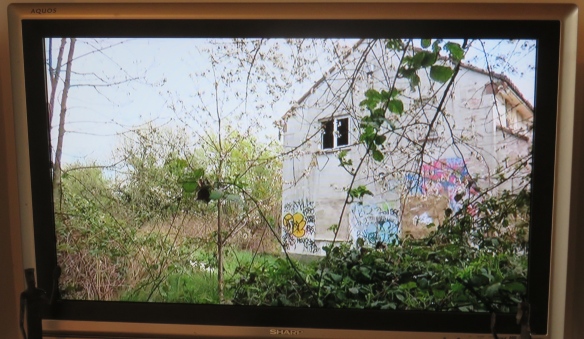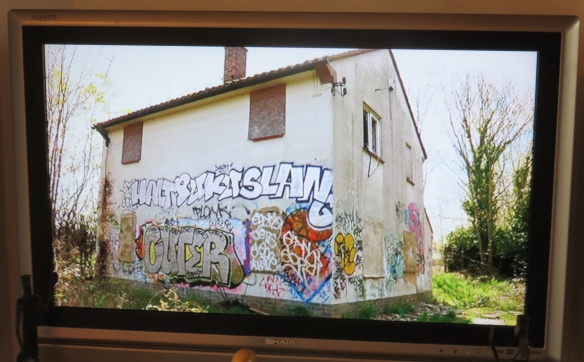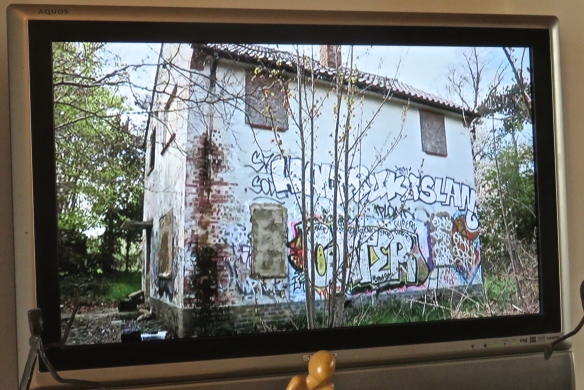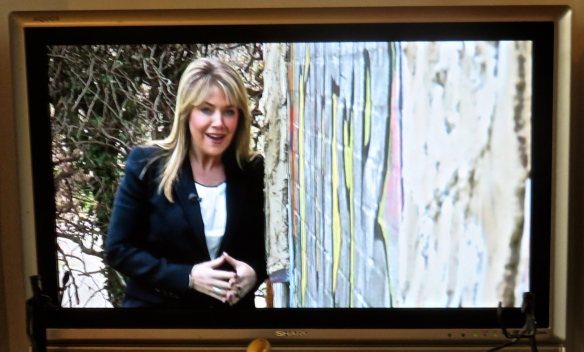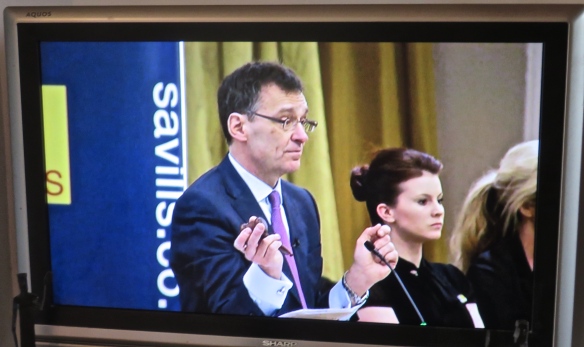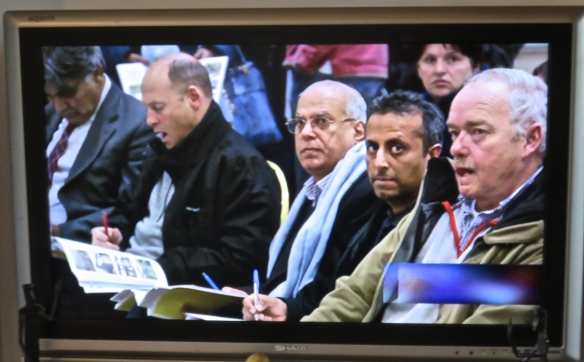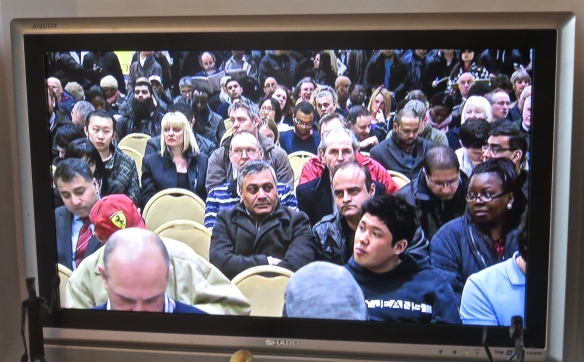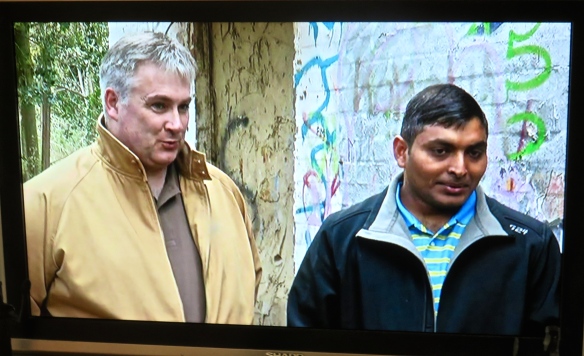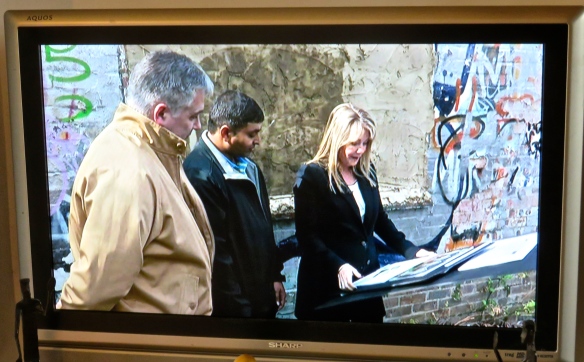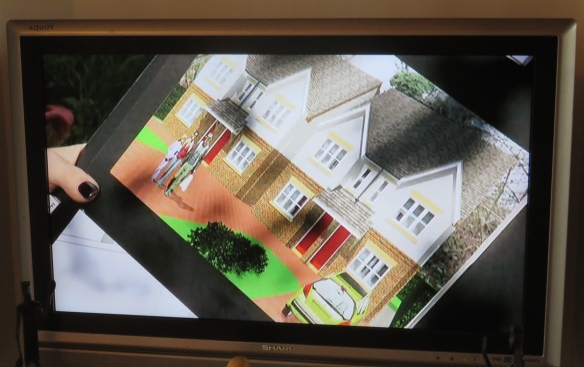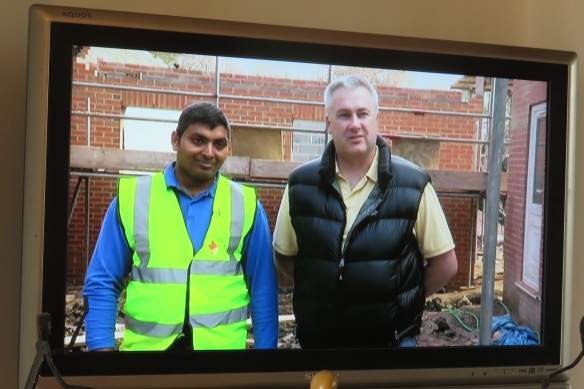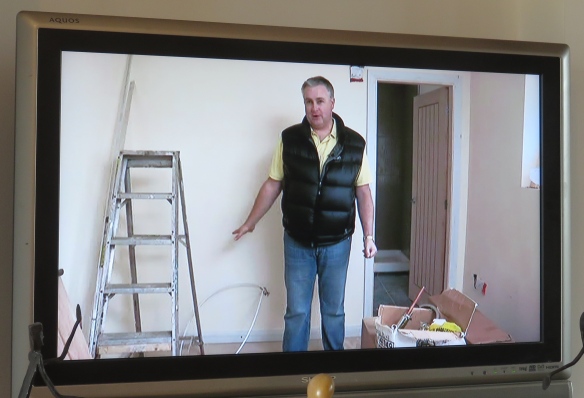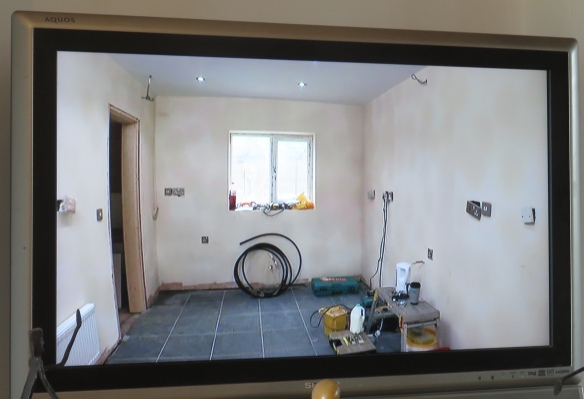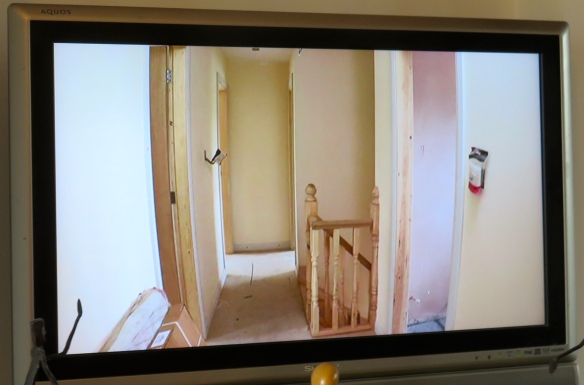In those days I was able to buy our first house together for £5,000. It is not just inflation that has meant that the, albeit refurbished, house sold for £1,200,000 earlier this year.


In 1968, 76 Amity Grove was a small semi-detached three-bedroomed Victorian house with one bathroom and combined WC added through a door in the kitchen – an arrangement which would not be permitted today. The first of these images is from 2014 when it was sold for £745,000; the second from 2020 when it was again on the market to be sold in 2021 for the price mentioned above. The still extant picket fence is a rarity in this suburban street because perhaps two thirds of the front gardens have now been sacrificed to the ever advancing motor car.
When we were young it was only possible to obtain a mortgage on the basis of one salary. Once two salaries could be taken into account it became inevitable that prices would increase; and as a consequence, for ordinary people this meant two incomes were needed. This was one contributory factor in a radical change in family life during the 20th century. When two parents both worked child care was required to be found, and often funded from extra earnings.
We could only obtain such a loan for a house purchase if it was to be our permanent residence. Later in that century buyers were permitted to borrow such money under “Buy to Let”, which effectively meant that tenants were paying the buyer’s mortgage costs. My son, Michael, was a beneficiary of this system. This has pushed up the price of rentals and made most young people unable to save for a purchase deposit.
In the case of our first house, Estate Agents raised the social image by changing the name of this side of the railway line from Raynes Park to West Wimbledon – a much more salubrious address for the high fliers who could commute to London’s Waterloo in 18 minutes by train. The addition of a Waitrose helped promote the uplift.
When, in 2008, I was seeking rental accommodation in London after my return from Newark I discovered that the tenancy of 29a Stanton Road, the maisonette in which I had grown up, was on offer for £1,400 per month. I am not sure what my parents’ rent amounted to, but I don’t expect that in the 1950s it was much more that £1 per week.
